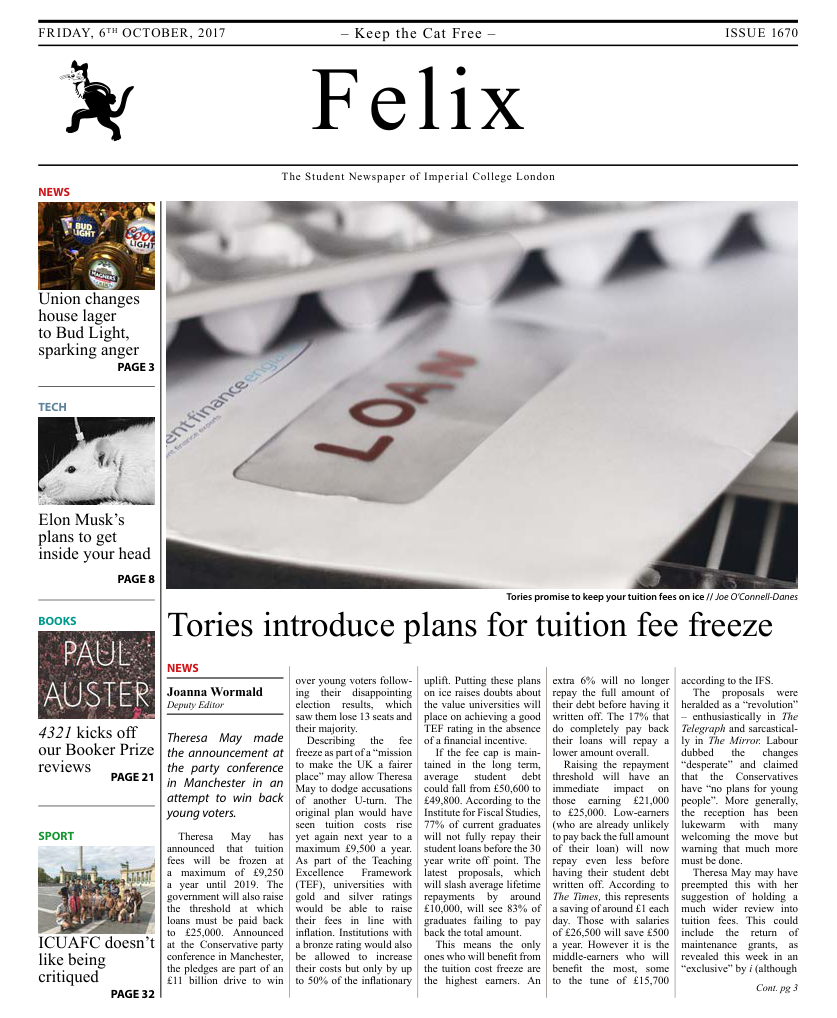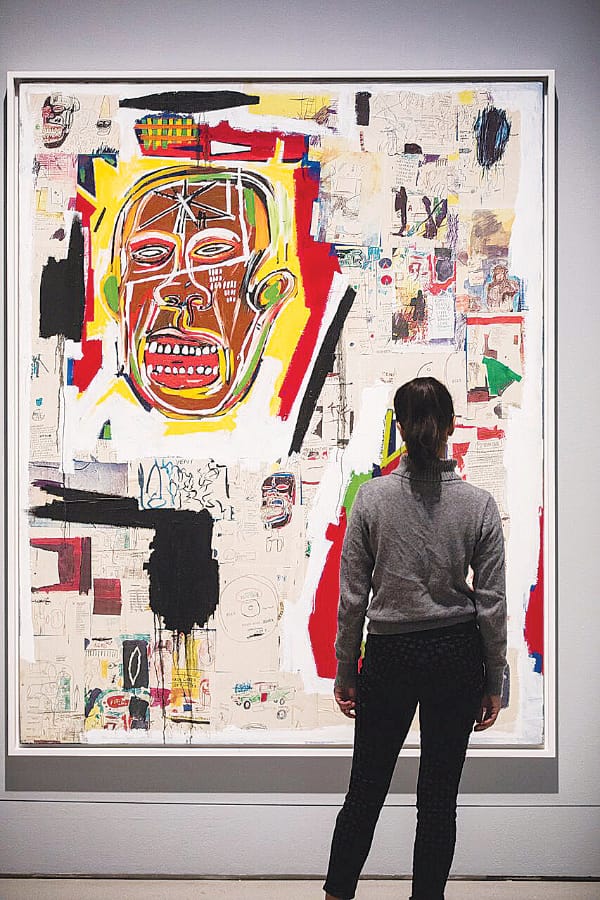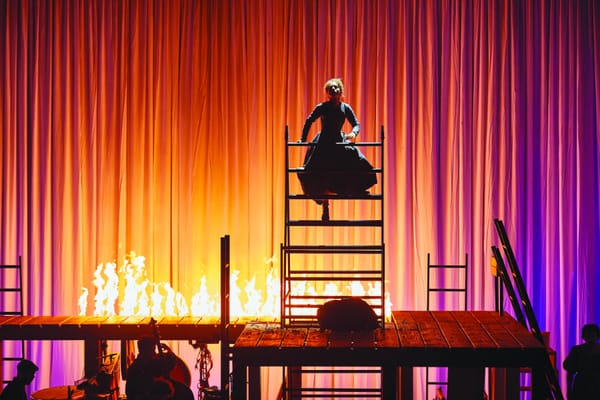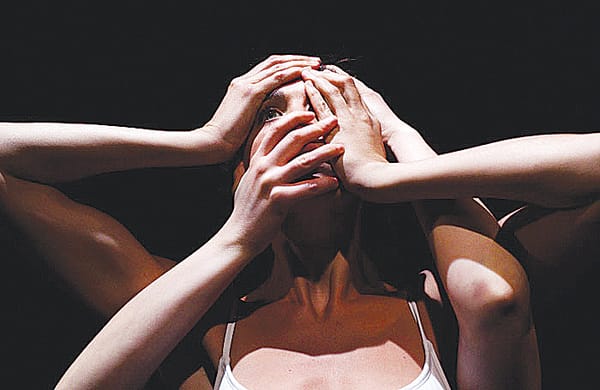Bold, vibrant, poignant: the unrealised genius of Jean-Michel Basquiat
Graffiti artist, poet, painter, the Barbican celebrates one of the brightest stars of the 1980s New York

Hailed as a ‘radiant child’, Jean-Michel Basquiat erupted onto the 1980s New York art scene in as a teenager. He was just 18 when he began to scrawl poetic graffiti on the streets of New York with one of his school friends Al Diaz as SAMO© – a contraction of ‘same old, same old shit’. When the duo were exposed as the figures behind SAMO©, Basquiat turned to creating art under his own name, first hawking handmade postcards outside New York’s galleries, and then working on large scale canvases.. His primitivist, neo-expressionist paintings drew the admiration of everyone from Keith Haring to Andy Warhol. His raw, exuberant style paired with his tragically short career – there was little more than half a decade between his first solo show and his death at the age of twenty-seven from an heroin overdose, has mythologised Basquiat into the annals of modern art history.
The photographs of SAMO© reveal Basquiat and Diaz’ nascent attempts to shed light on inequality and their frustration at the lack of diversity in the art world through art, and sometimes cryptic tags. “Which institutions hold most political power?” reads one: “the church, television, SAMO or McDonald’s?” (the box for McDonald’s is ticked), “SAMO as an end to 9-to-5, ‘I went to college’,. ‘not 2-nite honey’ bluz think”. Basquiat’s canvasses translate the insouciance of his graffiti into a host of brilliantly vibrant paintings – a hastily daubed double portrait of himself and Warhol is not technically brilliant such fizzes with a magnetic energy.
“His paintings translate the insouciance of his graffiti into brilliantly vibrant canvasses”
The rooms towards the end of the exhibition, filled with works from the end of his career are the most compelling. These show the artist gaining maturity. Basquiat never went to art school but his voracious appetite for learning from the art canon is evident. His adoption of elements from Picasso and Cy Twombly’s work is easy to spot, yet Basquiat’s affinity for the non-Western canon seems to have influenced him the most. His thick pastel linework, heavy with scratchings, figures jutting into patches of solid colour seem sculptural, reminiscent of African tribal rock carvings.
In his later works Basquiat’s began to explore the themes of race in America in greater depth; references to slavery, the cotton and sugar trade abound. His work also became more contemplative. In one of the most striking pieces of the exhibition – Jawbone of an Ass is a rumination on the futility of violence, and its ubiquitousness in world history. The struggle between Africa and the Western world is illustrated by references to the legendary Carthaginian general Hannibal and the Roman consul Scipio, under whose command Carthage was defeated. There is often too much to unpack, whole lists of seemingly random people, places and things appear together in one canvas – everyone from Vasco da Gama to Malcolm X to big trucks of strawberries are referenced. We are left with the sense that Basquiat himself is trying to synthesise his thoughts, painting as he thinks, making connections, drawing threads of conclusion that aren’t altogether clear to him, let alone to us.
“We are left with the sense that Basquiat is still trying to synthesise his thoughts ”
His notebooks, where he set down ideas and refined the poetry he’d later graffiti are especially poignant. For all the breadth of assembled pieces, the spectre of work unfinished hangs over the exhibition. I kept turning corners expecting one flash of brilliance to bring it all together, but it never came. Instead, what emerges is a picture of an artist with tremendous potential still figuring things out; a voice silenced before he had said all that he wanted to.
3 Stars
Where? The Barbican Centre
When? until 28th Jan 2018
How Much? £16; £12 students









